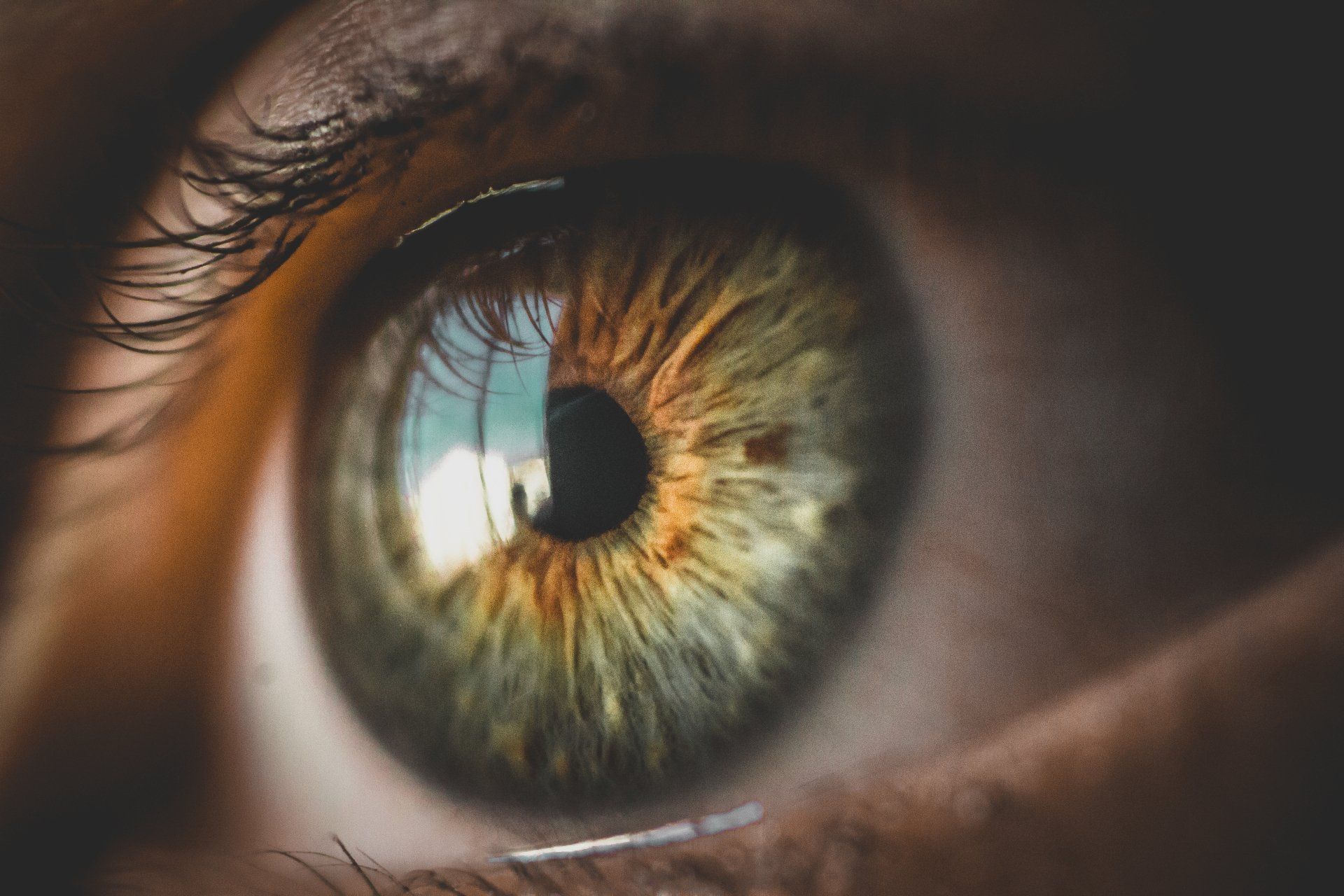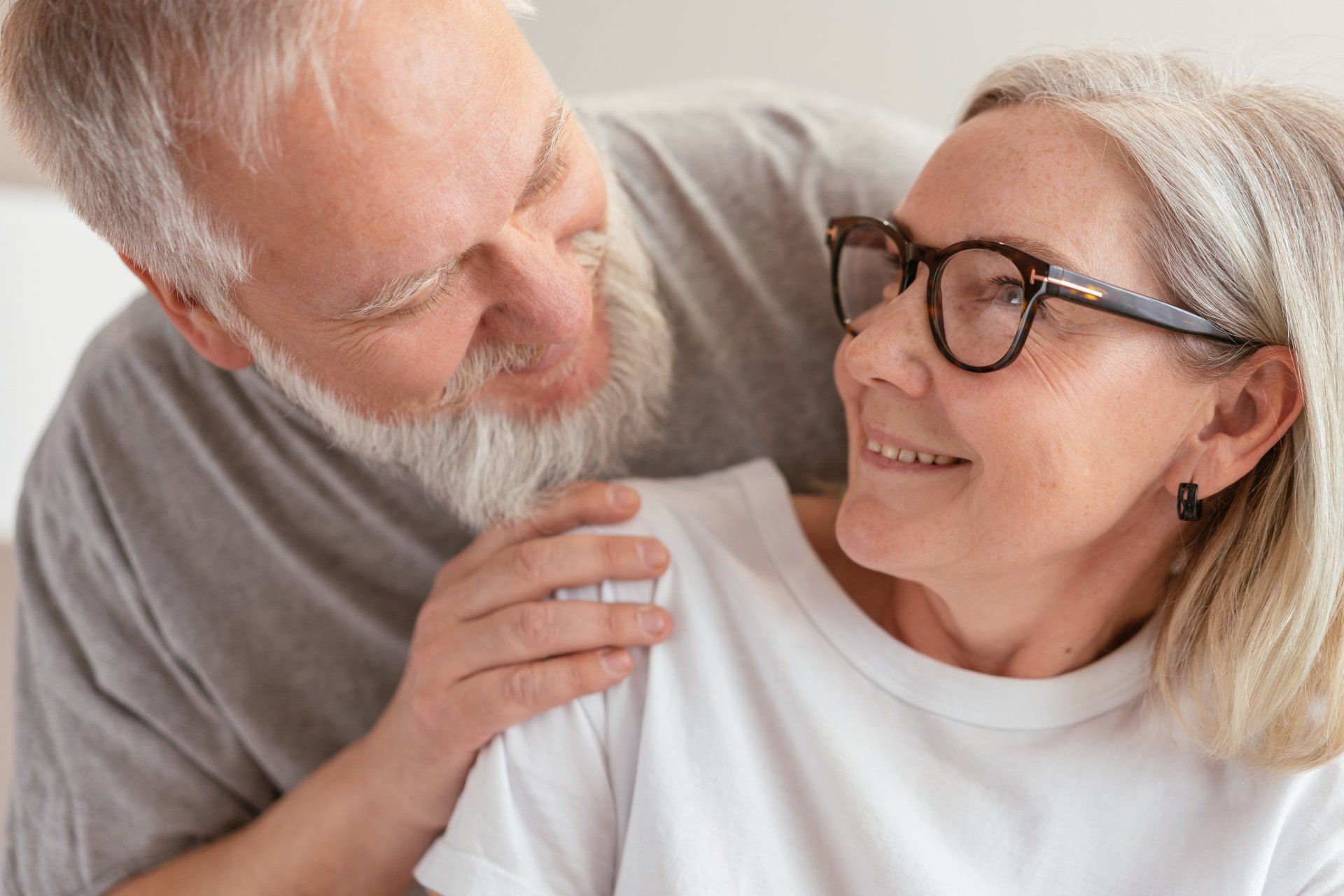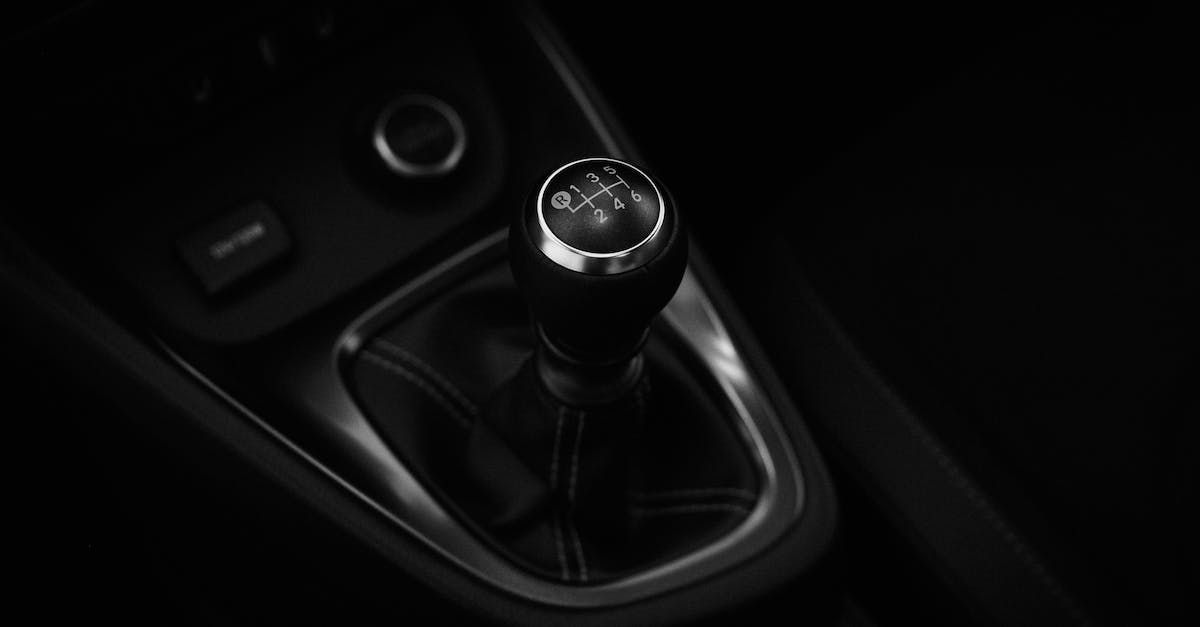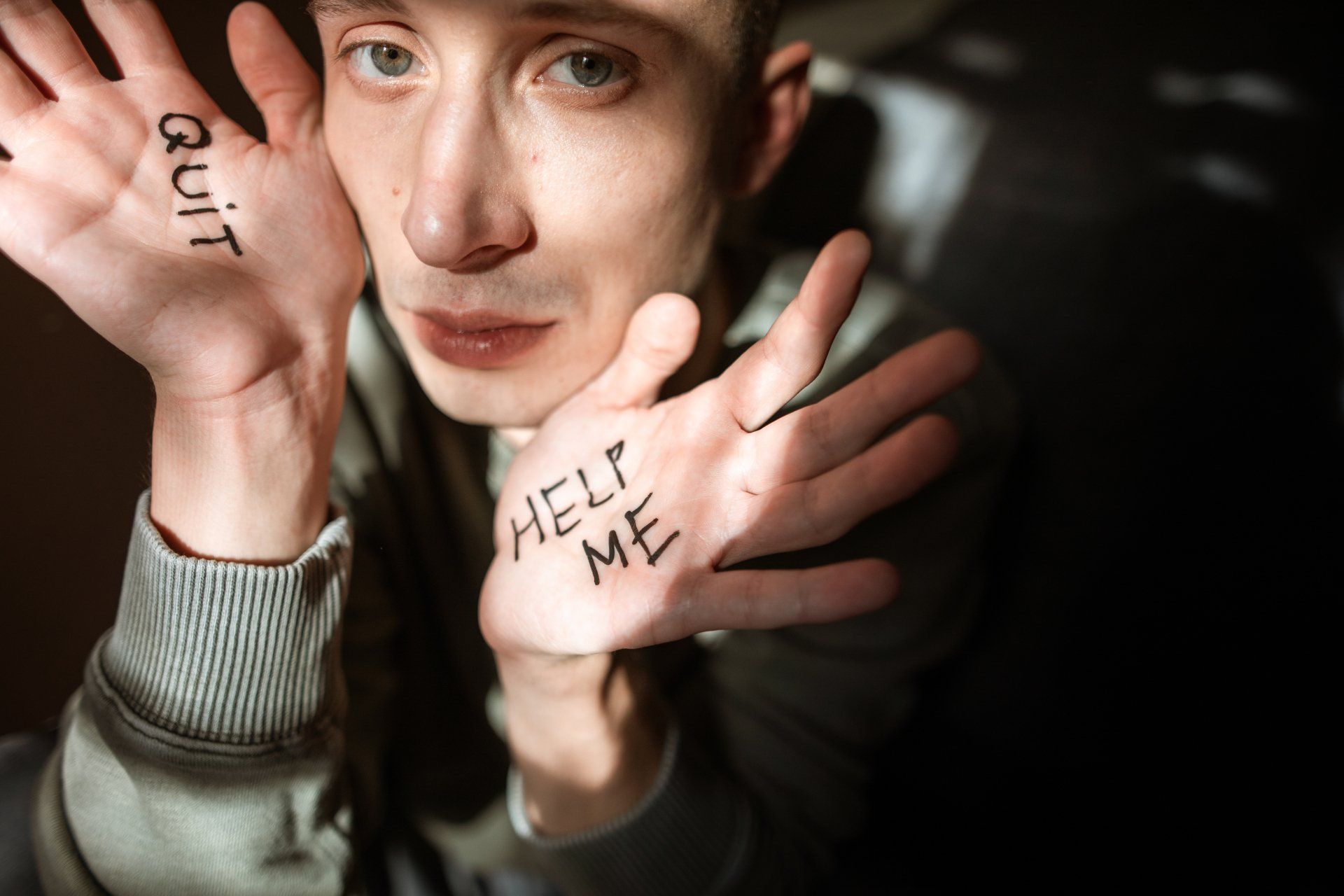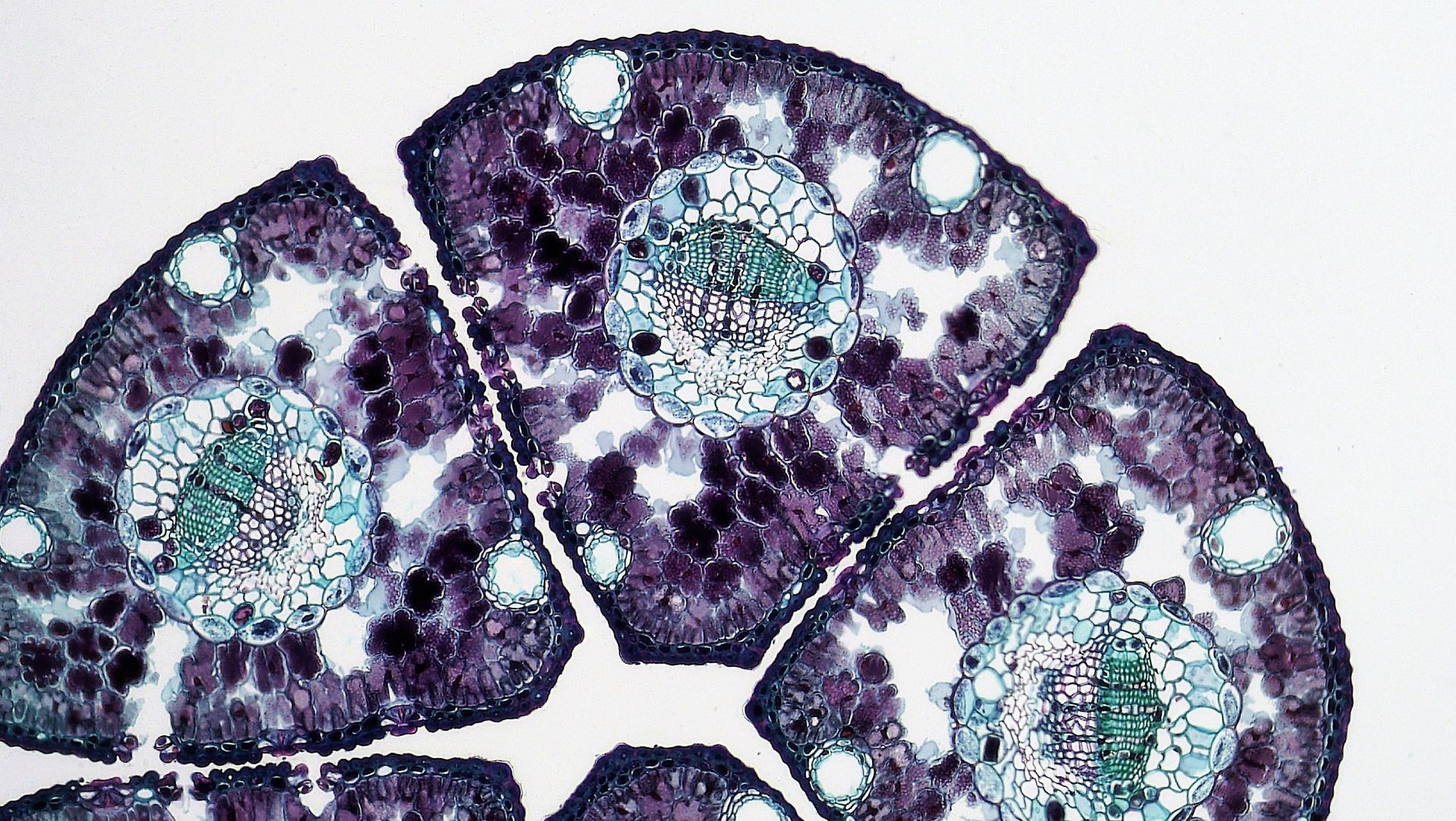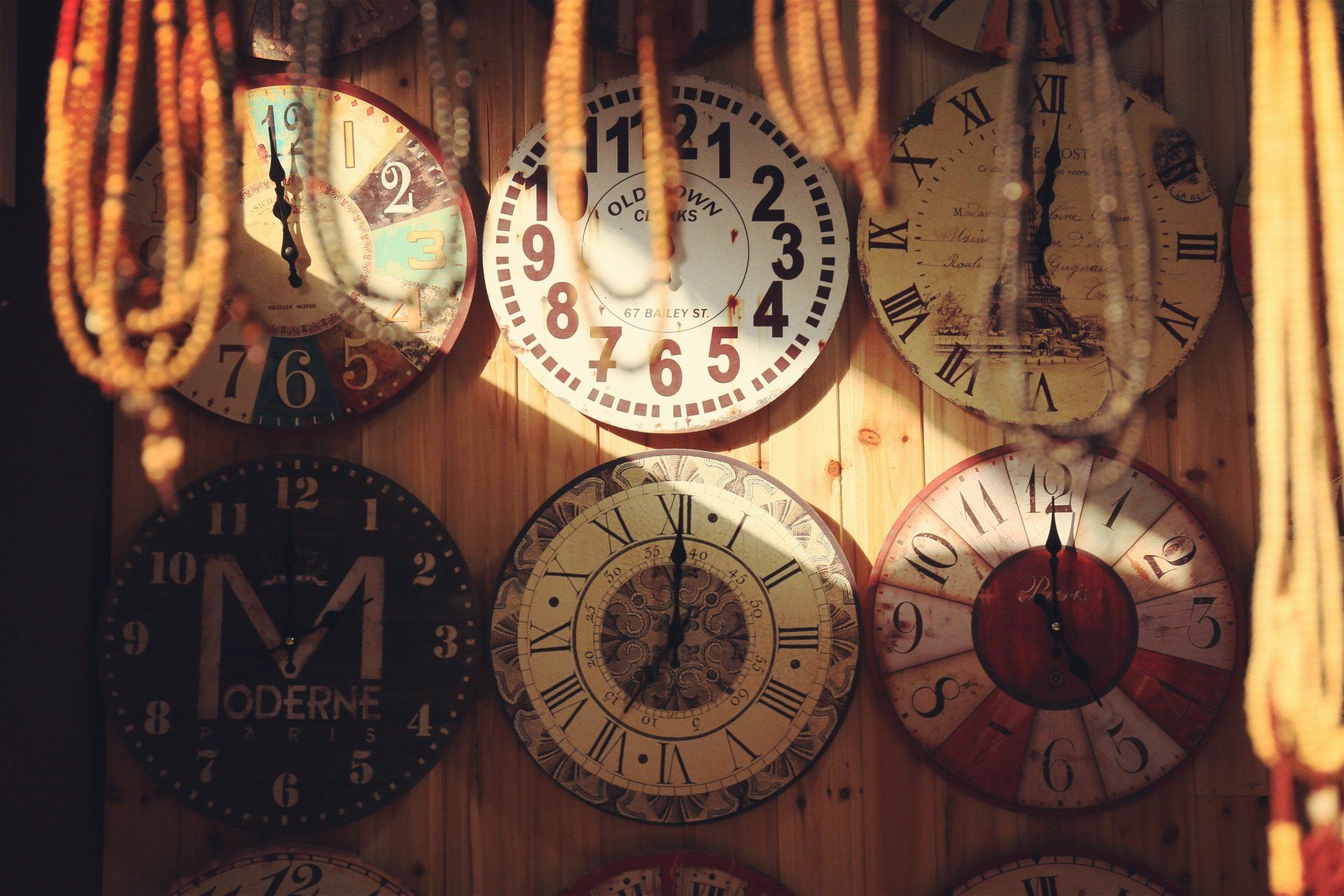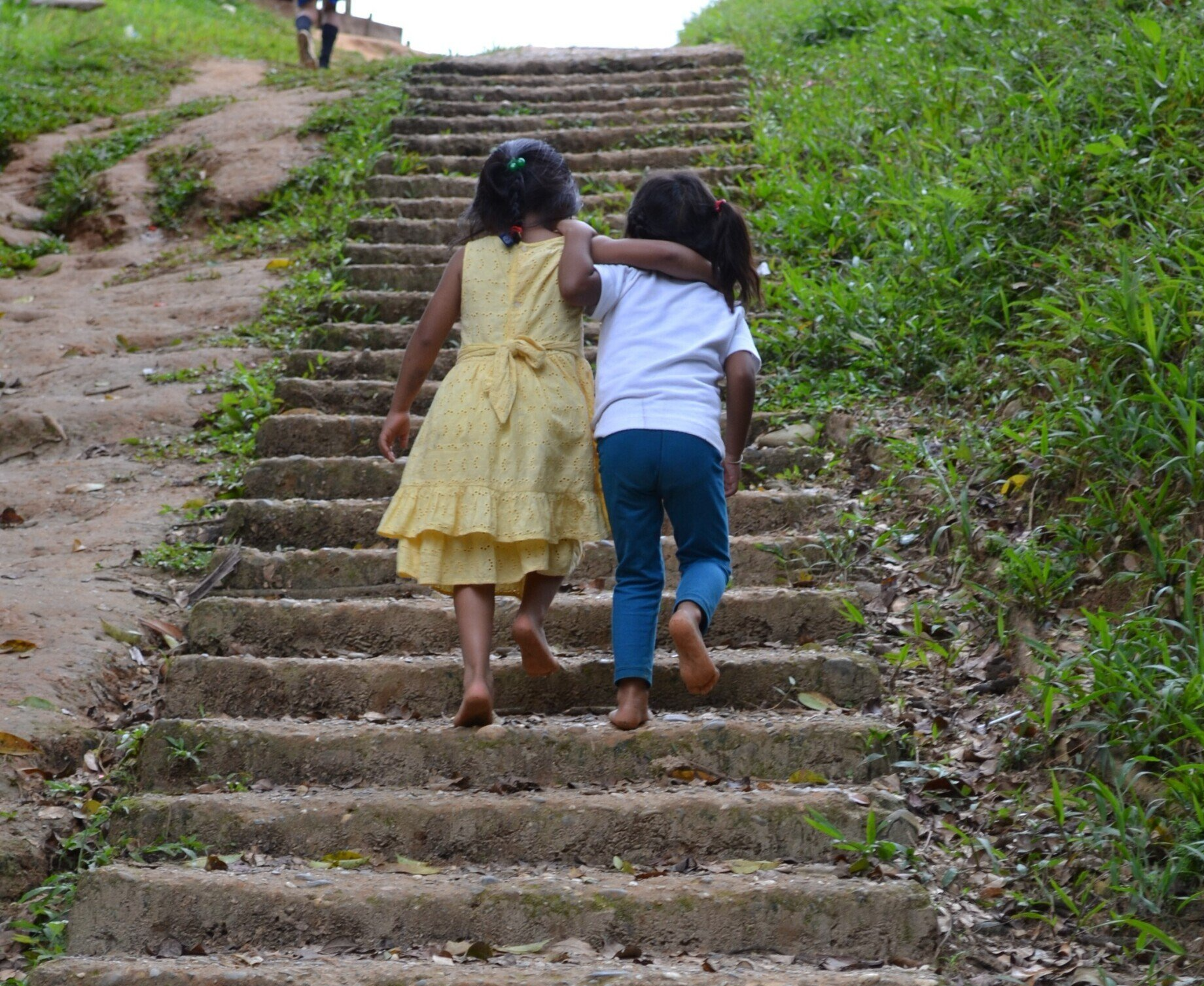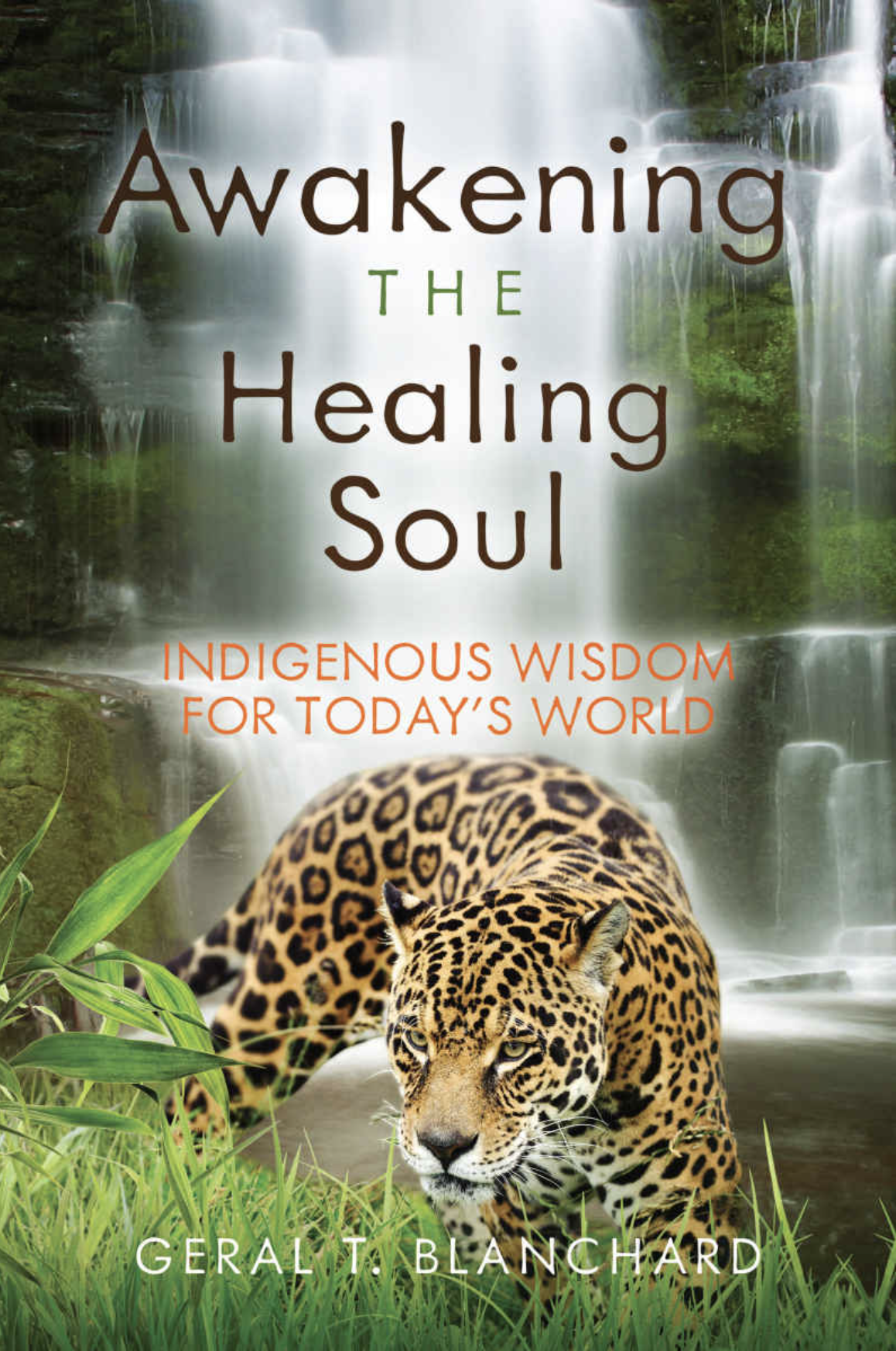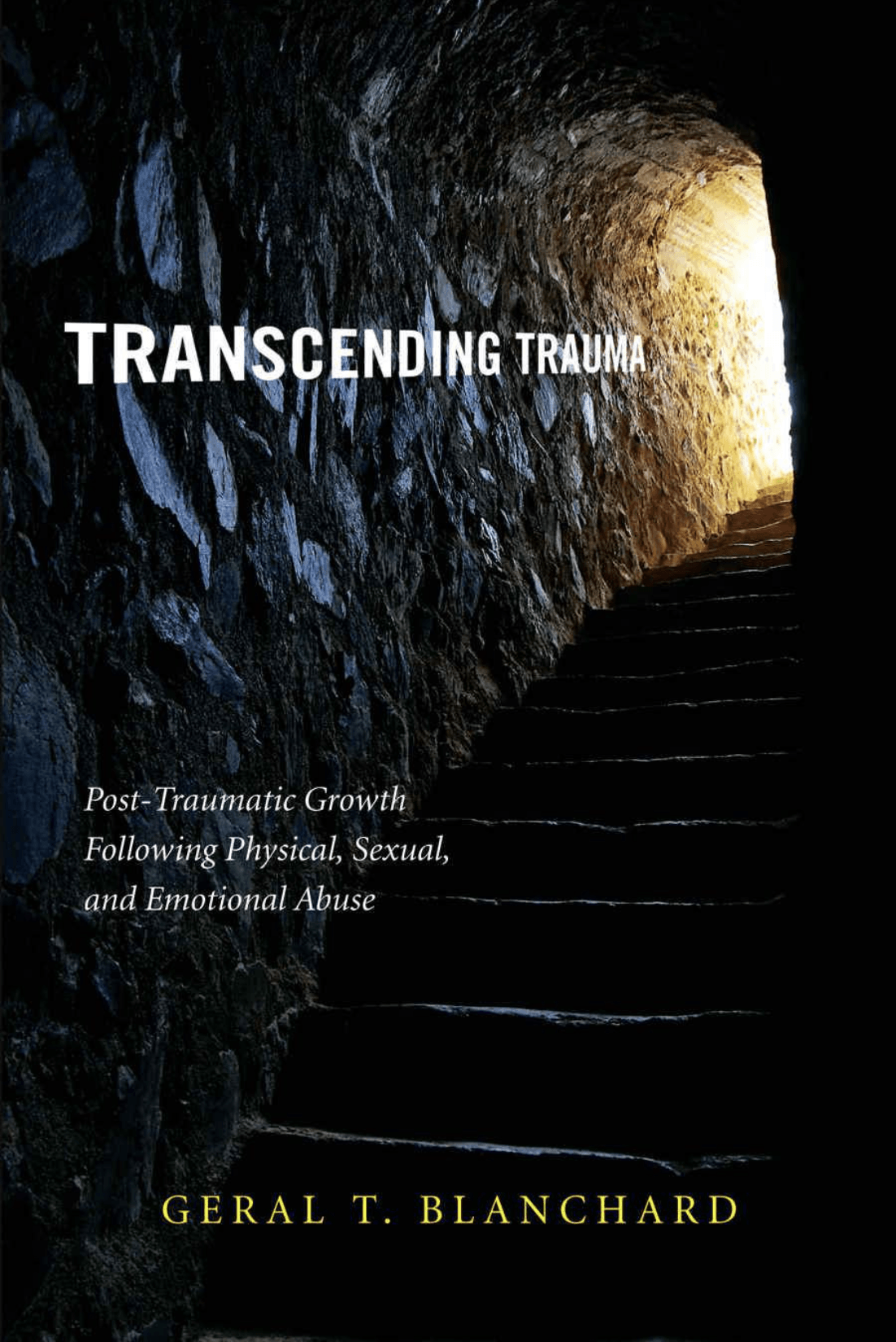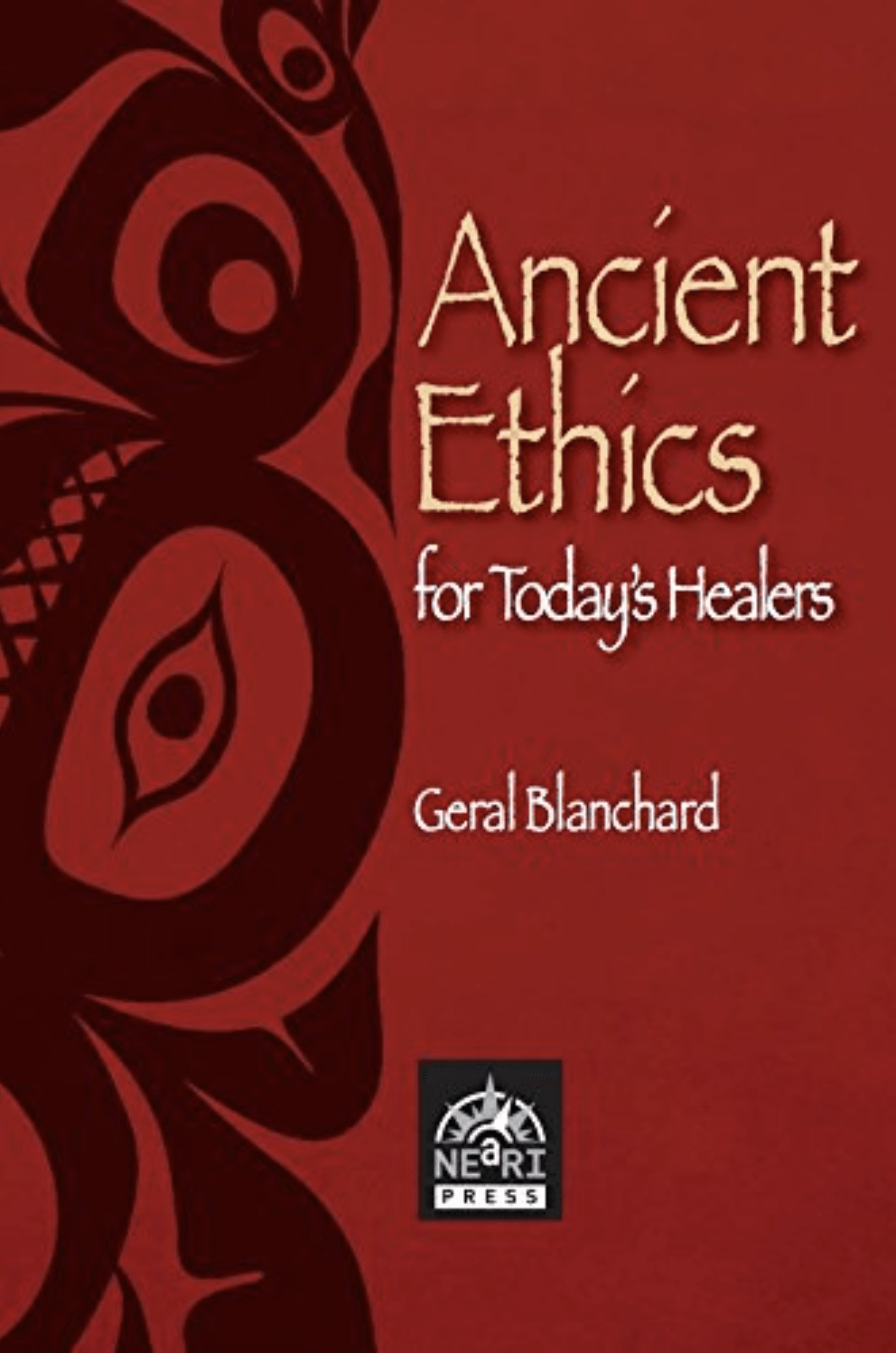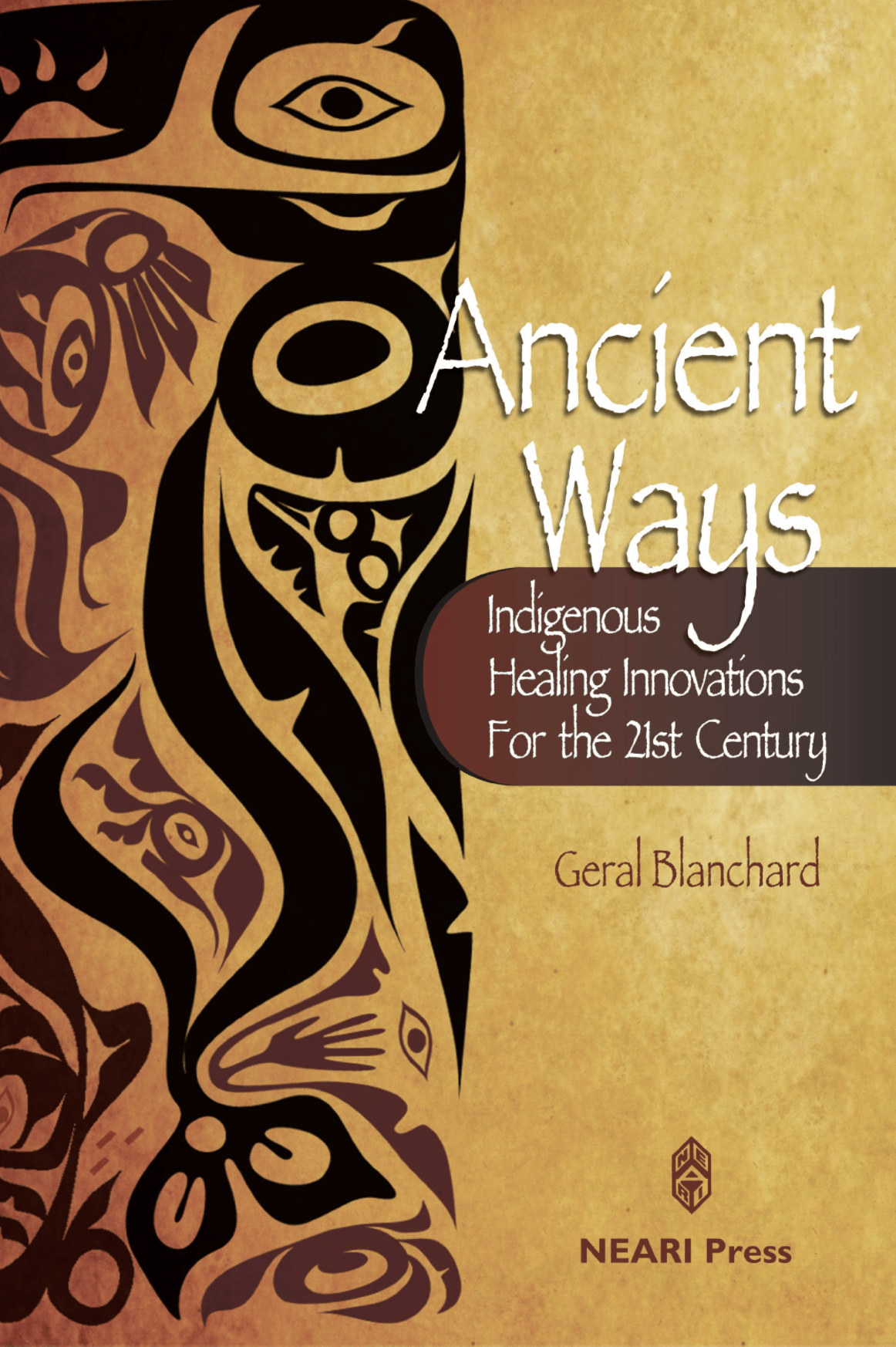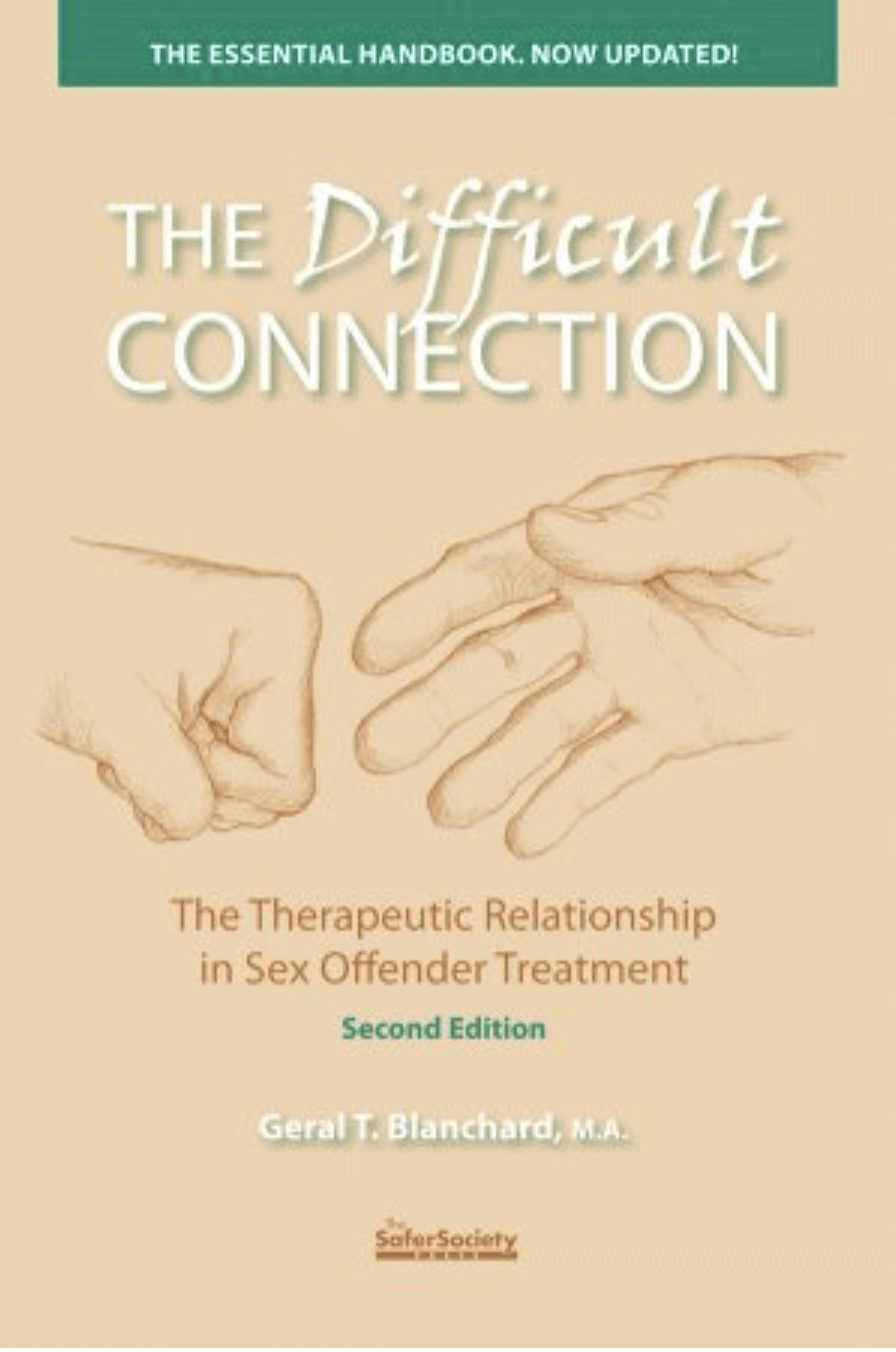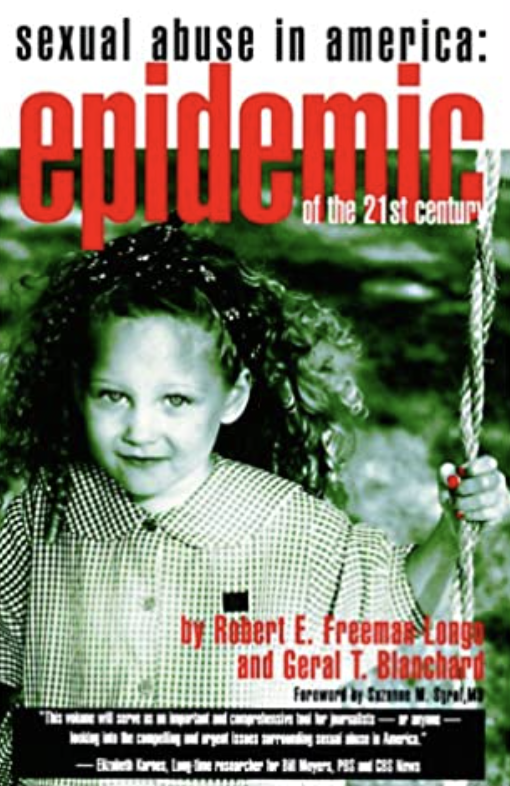Geral Blanchard, LPC, is a psychotherapist who is university trained in psychology and anthropology. Formerly of Wyoming and currently residing in Iowa, Geral travels the world in search of ancient secrets that can augment the art and science of healing. From Western neuroscience to Amazonian shamanism, he has developed an understanding of how to combine old and new healing strategies to optimize recovery, whether from psychological or physical maladies.
Indigenous Inspired Healing
When I write about indigenous healing – what some call shamanism – I’m not making reference to romanticized groups of traditional healers wearing dramatic attire while surrounding themselves with exotic paraphernalia
The truth is most authentic shamans I have encountered wear t-shirts and jeans while sitting on the land. I am referring to quite ordinary appearing healers whose traditions go back tens of thousands of years and have stood the test of time. Modern physicians and psychologists now talk about evidence based and best practice methods of healing, which often fall out of favor as quickly as research once proved they were the “cat’s meow.” Trends can be enlightening, wisdom lasts.
Along these lines, Richard Gerber, M.D., writing in his seminal book Vibrational Medicine said: “The discoveries we are making today are, in fact, reincarnational expressions of older spiritual knowledge which originated in ancient yet advanced civilizations.” There is great value in examining what has worked for indigenous populations for millennia. And as was advised in The Journal of Traditional Eastern Health and Fitness: “Don’t let ancient knowledge become a thing of the past.”
I have been especially influenced by Native American cultures (including the Maya, Ojibwa, and Southwest tribes) and Zulu sangoma approaches that invoke reverential and macro quantum conceptualizations of healing. Having witnessed and participated in indigenous medicine practices at many antipodal locations on several continents, I have assembled 10 fundamental tenets that coalesce these ancient forms of healing together.
1) Create a sacred environment and hold sacred space for all patients. The word sacralize refers to the effort we are obliged to expend making the healing (vs. curing) process stand apart from contemporary Western approaches which, all too often, can be coldly mechanical and technical, impersonal, and perfunctory. Reverent invocations, sacrosanct music, the lighting of candles and incense, as well as a patient placing symbolic sacred items on an altar, can consecrate the proceedings. And when patients are treated with great respect and lifted up in dignified ways, especially after traumatic events, they are more inclined to grow and heal. If the event is organized as important, the patient is inclined to feel important.
2) Enact rituals within ceremonies.
An overarching event (ceremony), planned well in advance, creates an aroused and expectant atmosphere which mentally and emotionally leaves the patient poised for transformation. Rituals are planned in collaboration with patients to develop “buy in,” and can also be part of a long held cultural legacy which serves to transport a patient on a well-traveled path in the direction of healing. The healer fills the roles of carpenter and choreographer of the chosen rituals, setting a tone and flow that moves the patient toward recovery. Collectively, a signal is being sent that this is a big event that may yield big results.
3) Heal in community.*
The forces and laws that affect a single person’s health also impact the entire tribe. Healing in isolation may have worked well for the Buddha and Saint Francis of Assisi, but most persons feel comforted when in the supportive presence of others who have gathered to bear witness to a sacred healing ceremony. Indigenous healers know of the potentiating impact of being surrounded by loving and hopeful persons who calm the patient while creating optimism about the outcome. Community is nourishment for the soul.
4) Abide by Mother Earth’s (Pachamama’s) Original Instructions.
Still alive in indigenous oral history via storytelling, the old ways possess accumulated power from being used again and again over time. Original Instructions refers to our innermost nature arising from Nature. This cosmology rests on a variety of solid tenets that are informed by Earth’s energies, rhythms, and reciprocal laws. There is the understanding that humans don’t go in search of Nature because they are Nature, we are all integral parts of an interconnected ecology.
5) Begin by removing all obstacles to healing.
Modestly, Ernest Schweninger, M.D., said, “Doctors don’t cure patients, they help remove obstacles to healing.” This is ancient wisdom that is shared by shamans worldwide whether they have had direct contact or not. It is a knowing. Many factors can get in the way of healing. Wherever I have traveled authentic shamans, before doing anything else, look for thoughts and emotions that can impede healing. Anger, fear, resentment, and despair – soul loss – move a person out of a state of harmony and away from the state of ease to disease. Almost everywhere indigenous people believe disharmony is one of the primary causes of illness. Often it is a ruffled emotional state that weakens the immune system and leaves a person vulnerable to viruses, cancers, inflammations, etc. As often when a person is calm and has experienced a satisfying soul retrieval ceremony, not only is their mental health restored, but their physical health along with it.
6) Treat people on or near the Mother whenever possible.
There is an electromagnetic force, a vital energy that emanates from Earth. Scientists refer it as the Schumann Resonance. When our internal electrical system is restored to a synchronized state with the Mother, healing progresses much more rapidly. (This is the theory surrounding contemporary earthing technologies as well). A person can buy a device to restore electrical balance or simply sit or walk barefoot on the Mother. The animals and elements (the shifting wind, flexible water, transformative fire, and solidity of stone) all stand poised to assist us in imagining, then seeing and feeling, the big picture of where we fit in with the natural world.
7) Be authoritative, but remain humble.
Effective healers know that what befalls patients can just as easily impact them. They acknowledge their own woundedness, vulnerability, and limits to their knowledge. Yet, the deep truths they have come upon – which commonly were born from serious injury and illness – have served to inform them of the healing process and propel them forward. It is with these personal knowings that a traditional medicine person can present as authoritative, but unassumingly so. While a contemporary physician may at times engage in a hospital performance, perhaps somewhat narcissistically, traditional healers recognize that the only theatre employed is not about themselves, but intended only to uplift the patient.
8) Promote entry into altered states.
Psychologists, beginning with the insights of one of our founders over 100 years ago, William James, recognized that there is more to consciousness and reality than the human brain is alert to. He referenced a thin, filmy, and translucent barrier to this reality and the remaining unseen world. Sometimes, as shamanic healers have known for at least 30-40,000 years, we will need help getting to the other side. An altered or enhanced state allows humans, at least for a few hours or days, to suspend disbelief and immerse themselves in a seemingly distant reality with its potent reorganizing forces. Mentally and emotionally they often merge with a larger world, what many refer to as the collective consciousness or unity consciousness. They reconcile themselves with the larger forces, what was previously unknown on a conscious level.
9) Invoke the spirit of ancestors or “all my relatives.”
Spirit work is not particularly alien, but it tends to be misunderstood. Spirit is the force of change brought on by subtle energy movement, vibrations. A thought or movement (praying, shaking, dancing, drumming, chanting, etc.) can lift us up into other realms. In essence we shake out the cobwebs of our cultural trance, our shared hallucinations, and reconnect with the spirit of ancestors (people, animals – sentient beings and elements), rejoining the larger world and the history of all our relatives in their previously unexperienced forms. We are not to be alone in space and time if we are to heal. Connection, extending beyond our immediate community, heals.
10) Energy movement.
A shaman addresses the considerable interplay of energies (spirits). To reset the human body and mind to wellness, the body’s vibration must be altered. This is what anthropologist Bradford Keeney calls “shaking medicine” and what the San Bushman of Africa have been using in communal settings for years. They sing, drum, and dance throughout the night and heal themselves using only the medicines (num) of vibration and social connection, to each other and their “deceased” human ancestors.
For many years my attempts at curing probably could have been more successful had I focused less on trying to eradicate things and more on healing – restoring myself and others to wholeness, harmony, while exploring matters of the soul.
To eradicate natural conditions I had, almost exclusively, sought voluminous amounts of Western book information alone. And like physician Richard Sandor has said, “I had taken an accidental overdose of information and had lost my appetite for the unknown.” Similarly, for me the result was a life and career of limited personal experience. More than just the medicines presumed to be found in textbooks, I needed medicines that walked, that were relational, and resonated with my deepest sense of earthly knowing.
While, of course, I still believe synthetic drugs can work for specific kinds of physical and emotional distress – MDMA being a marvelous example – plant medicines and their spirits, can quietly converse with humans opening us to other healthy ways of being on the planet. And when we are well connected to all that is around us, far and wide, answers will be awakened within us – what shamans and sangomas refer to as the “inner healer.” Like Paracelsus, a physician of the 14th century wrote, each disease “bears its own remedy within itself…Health must grow from the same root as disease.” A Native American once explained to me that Mother Earth has placed remedies on Her for every disease that inflicts man. The pharmacy is all around us and in us.
*********
“All my patients were, in their own way, living out an ancient idea that is coming back into favor through current medical research – the idea that the healing system is connected to a belief system, that attitudes play a vital part in the recovery process.”
- Norman Cousins, M.D. in The Nature of Healing (Parabola Books)
“The old is gold.”
- Kambona Mollel, my Maasai guide from Tanzania.
*********
* In Original Wisdom: Stories of an Ancient Way of Knowing, Robert Wolf wrote: “Toward the end of my stay in Malaysia a dedicated young English doctor created a health system designed for aborigines. The hospital was not run like a Western hospital. Neither the patients nor the medical staff wore uniforms, and patients were admitted with their families, who could prepare customary food for the patient.”
*********
Other Topics
Basics of MDMA
Rituals and Ceremony
Brain and MDMA
Trauma
Heart
Energy Movement
Quantum Physics
Native Cosmologies
Nature
Spirituality/Enlightenment
Kogi Tribe
Books written by Geral T. Blanchard
More Articles

